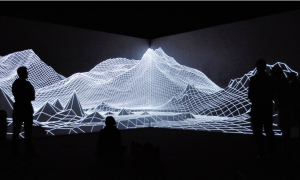Theo Watson and Emily Gobeille talk about their projects at the 2012 Eyeo Festival
On today’s edition of “Looking Outwards with Michael Miller,” we will be exploring the life and habits of artist, programmer, and designer Theo Watson. Born in London, Theo studied Design and Technology at the Parsons School of Design, and has since founded Design I/O and YesYesNo, among doing other cool things. Theo works on interactive experiences that encourage play, so kinda like games, but generally on a larger scale such as creating digital environments in physical spaces that give open-ended opportunities for people to interact with the space, such as he did with Night Bright and Funky Forest. One of his focuses in development is rapid prototype creation — making proofs of concept that allow people he’s working with to visualize what it is he wants to do — and I think this is an admirable strategy for project work because it turns abstract concepts into concrete creations which can then be more readily shared and analyzed. In presenting, he uses a bunch of images and videos of the creation process of his projects, and I feel that this is effective in engaging the audience because it gives them a window of insight into how he works.
(Note, most of this post can also be applied to Emily Gobeille as she also worked on these projects, but I just did more specific research on Theo. I’m just trying to be clear that Theo didn’t work alone on all of these)
![[OLD FALL 2017] 15-104 • Introduction to Computing for Creative Practice](../../../../wp-content/uploads/2020/08/stop-banner.png)
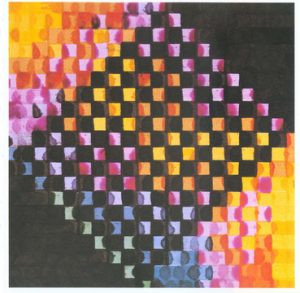
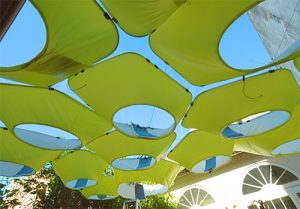
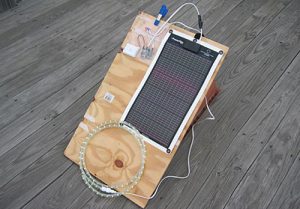
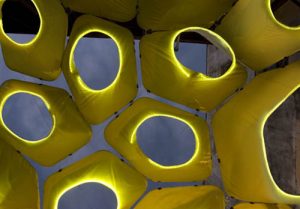 “Hover” in New Orleans by Meejin Yoon-interactive lighting installation
“Hover” in New Orleans by Meejin Yoon-interactive lighting installation
